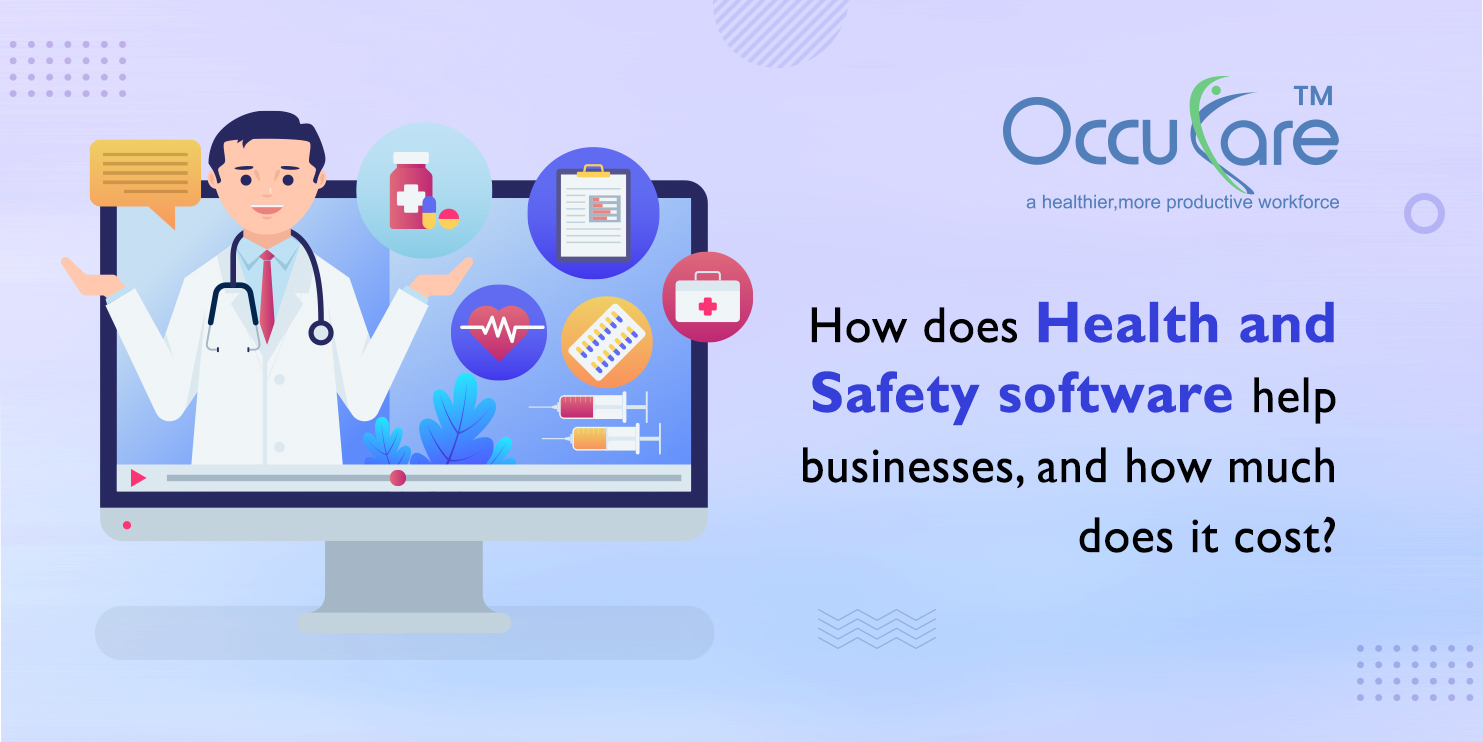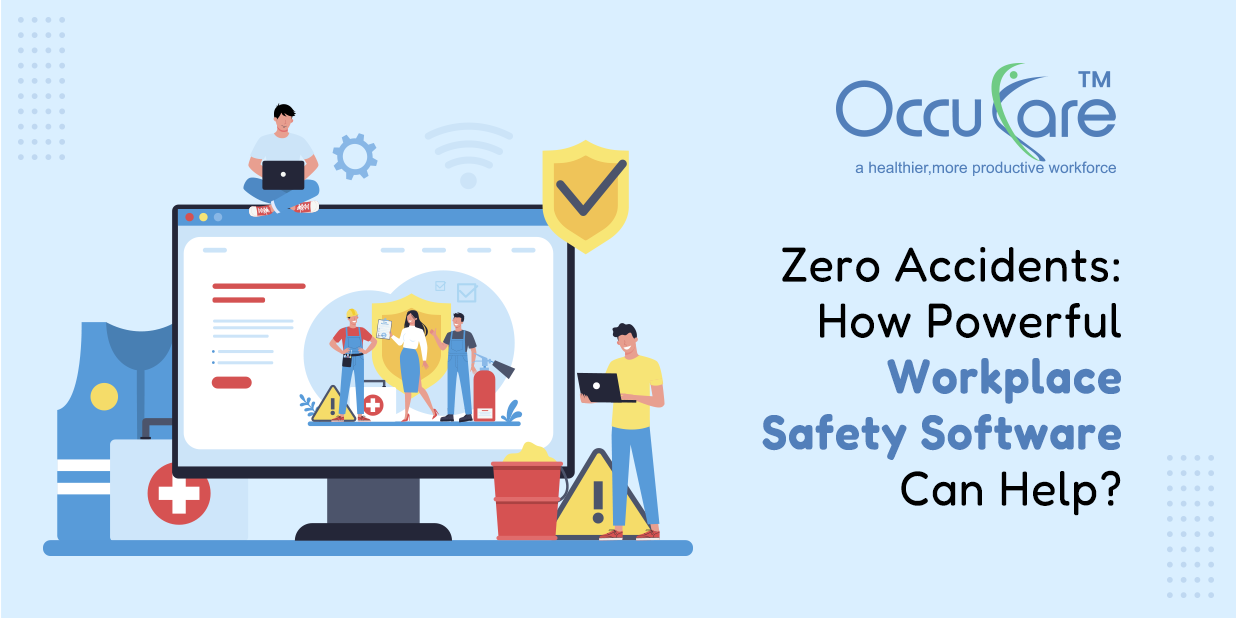It is of greater significance than ever to put security and well-being first in the dynamic corporate environment of today. Preventing risks, following regulations, and ensuring employee safety are critical for businesses across all industries. Thank goodness, innovations in technology have made it possible to devise innovative methods of enhancing safety and health management protocols.
Advantages of Software for Wellness and Security:-
1. Enhanced Compliance:
Security and health software makes it easy for firms to comply with legal obligations. Integrated regulatory modules that offer updates on pertinent legislation and standards are frequently included with these kinds of solutions. Companies can lower their risk of non-compliance fines and preserve a safer workplace by automating compliance procedures.
2. Better Incident Management:
Effective reporting and management of incidents is made possible by health and safety software. Through user-friendly interfaces, employees can quickly report events, near misses, and dangers, assuring rapid remedy and preventive action. Additionally, these systems give organizations the ability to monitor incident trends, pinpoint the underlying reasons, and put preventative measures in place to stop recurrence.
3. Real-Time Risk Assessment:
Organizations can proactively reduce possible dangers by using health and safety software, which offers immediate insight into occupational hazards and risks. Businesses can reduce the possibility of accidents and injuries by identifying high-risk operations, prioritizing controls, and allocating resources effectively with the use of hazard evaluation modules and data analytics.
4. Streamlined Certification and Training:
Health and Safety System Software ensure that workers obtain the credentials and training required to carry out their activities safely by streamlining the certification and training procedures. These systems facilitate the monitoring of employee development and meeting training standards by providing firms with online instruction sections, certificate following, and competence assessments.
5. Single Keeping records and documents:
Organizations can increase data accessibility and accuracy, minimize administrative load, and do away with manual paperwork by digitizing paper-based operations and storing information online.
6. Enhanced Monitoring and Analytics:
Organizations may produce detailed statistical analyses and reports on KPIs, or key performance indicators, like incident rates, injury patterns, and compliance measures with the help of health and safety software. With the use of these insights, decision-makers will be better equipped to pinpoint problem areas, monitor target progress, and make data-driven choices that will promote ongoing improvement in the performance of health and safety.
The price of Health and Safety Management Software:-
The scale of the business, the level of capability needed, and the choice of architecture (on-premises or online) are some of the variables that can greatly affect the cost of security and well-being software. Here are some things to think about while calculating costs:
1. Software Licensing Fees:
Subscription-based pricing is common for most medical and security software solutions, with licensing fees being assessed per person or per module. Depending on the program supplier and the capabilities offered, licensing fees can run from a few dollars to a few thousand bucks per user per year.
2. Costs associated with implementation and setup:
The setup and configuration of medical and security software frequently necessitate an initial financial outlay. This could entail personnel training, data migration, customization, and integration with current systems. The level of detail of the installation and the degree of support needed from the maker of the software or outside consultants can affect how much implementation will cost.
3. Upkeep and Support costs:
To guarantee the program’s continuous operation and performance, safety and health software providers normally impose maintenance and support costs. These costs could be charged individually depending on use or service levels, or they could be covered by a membership package. While assessing software solutions, businesses should take the long-term expenses of support and maintenance into account.
4. More expenses:
Businesses may have to pay more for upgrades, add-on modules, and modification requests in addition to the software license, implementation, and maintenance expenses. It’s critical to account for these possible costs when planning a budget for medical and security software.
To sum up, wellness and security software has a lot to offer companies that want to put employee health first, follow the law, and reduce risks as much as possible. These platforms facilitate the efficient achievement of health and safety objectives by enterprises, ranging from improved compliance and handling of incidents to real-time assessment of risks and streamlined training. Businesses dedicated to establishing safe and healthy workplaces should consider the long-term advantages of integrating health and safety software, even though the costs can vary. With the correct health and safety software, businesses may lower accidents and injuries, promote a culture of safety, and eventually increase revenue.





